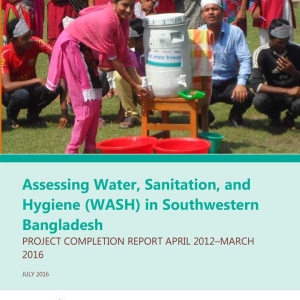Alternative Water Supply Systems
Download Alternative Water Supply Systems
Rainwater tank systems, collecting and distributing water at a decentralised level, are one potential solution to assist in bridging supply-demand gaps. The basic principle of these decentralised systems is the capture of precipitation collected from the available roof area, which flows by gravity into a storage tank, where it can serve demand for water end-uses. Historically, internally plumbed rainwater tanks (IPRWTs), serving water end-uses inside the house, have only been prevalent in rural areas in the absence of centralised supply infrastructure. In the last 10 to 20 years, amid new concerns over water security, a variety of water businesses, governments and other stakeholders have been advocating the use of IPRWTs in urban areas. However, almost universally these systems have been recommended and implemented without a proper understanding of their underlying viability and performance. In an urban setting, there are a multitude of alternative water supply options and any chosen supply system must be both competitive and sustainable. This chapter details an investigation into the economics and performance of IPRWTs conducted in Australia’s South-east Queensland (SEQ) region and examines these findings in an international context. The study utilises a combination of modelling and empirical data to generate a range of unit life cycle costs (LCC) under different scenarios and conducts a sensitivity analysis on pertinent variables.
Produits similaires
PARTENAIRE

Contactez-nous
Abidjan – Ivory Coast Cocody Riviera Palmeraie
Tél. : (+225) 27 22 49 96 11 / 27 22 49 96 13 – Email : contact@afwasa.org







